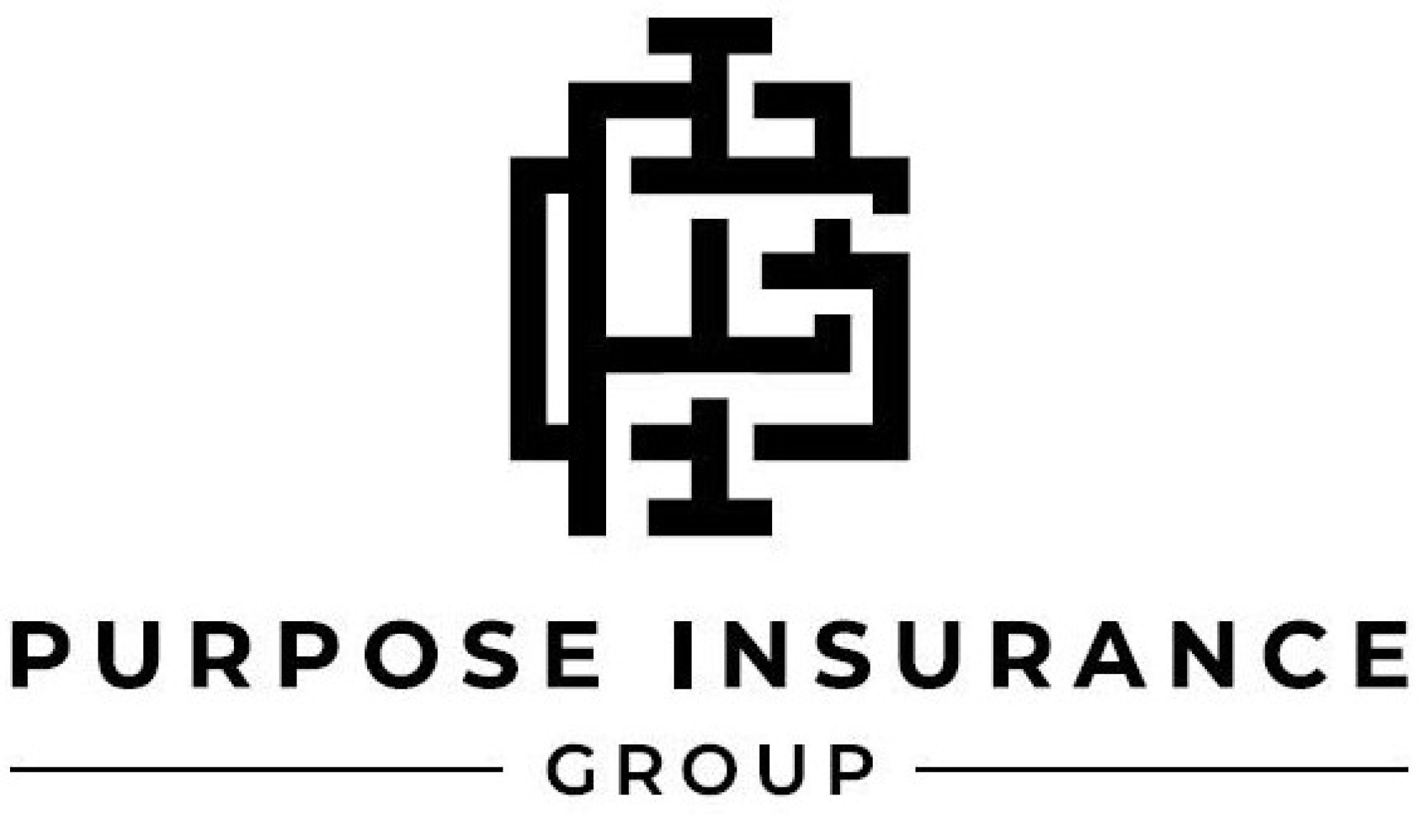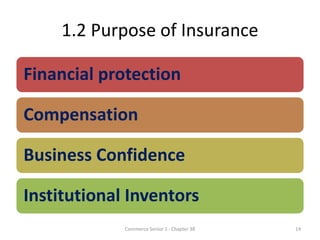6 Easy Facts About Pacific Prime Explained
Table of ContentsUnknown Facts About Pacific PrimePacific Prime Can Be Fun For AnyoneThe smart Trick of Pacific Prime That Nobody is DiscussingGetting The Pacific Prime To Work
In most states, the insurance firm is called for to send you a duplicate of the modifications to your plan. It is necessary that you review Recommendations or Bikers so you recognize just how your plan has actually transformed and if the policy is still ample to satisfy your requirements. To get a duplicate of your insurance plan, please contact your insurance representative or firm.
The Institute of Medication (IOM) Board on the Consequences of Uninsurance launches a prolonged exam of evidence that addresses the relevance of health insurance coverage with the publication of this record. Insurance coverage Issues is the initial in a collection of 6 reports that will be released over the following 2 years recording the fact and consequences of having actually an estimated 40 million people in the United States without wellness insurance coverage.

What Does Pacific Prime Mean?
The objective of this series of studies is to redouble plan attention on a longstanding problem. Adhering to the lengthiest economic expansion in American history, in 1999, an approximated one out of every 6 Americans32 million adults under the age of 65 and more than 10 million childrenremains uninsured (Mills, 2000).

10 percent of the population represent 70 percent of wellness care expenditures, a relationship that has actually remained continuous over the previous 3 years (Berk and Monheit, 2001) - international health insurance. Therefore health and wellness insurance proceeds to offer the feature of spreading danger also as it increasingly finances routine care. From the point of view of healthcare suppliers, insurance policy carried by their patients helps protect a profits stream, and areas gain from financially practical and steady wellness care professionals and establishments
Federal government supplies wellness insurance to populaces whom the private market may not offer efficiently, such as impaired and seniors, and populaces whose access to healthcare is socially valued, such as youngsters and pregnant women. The supreme ends of medical insurance coverage for the specific and areas, consisting of workplace communities of staff members and companies, are enhanced health outcomes and high quality of life.
Getting The Pacific Prime To Work
Employees rank medical insurance initially without a doubt in relevance amongst all the benefits offered in the work environment (Salisbury, 2001). Although there have actually been large financial investments of personal and public funds to give health and wellness insurance policy, lots of people still have no insurance coverage. Regardless of considerable coverage of study searchings for and healthcare study results, the public continues to be confused and mistaken about Americans without medical insurance and the implications of doing not have coverage.

Without doubt, the intricacy of American healthcare financing devices and the riches of sources of details include in the public's complication and apprehension concerning medical insurance stats and their interpretation. This report and those that will adhere to goal to distill and provide in conveniently reasonable terms the substantial research that bears upon concerns of medical insurance protection and its relevance.
Fifty-seven percent of Americans questioned in 1999 thought that those without health insurance coverage are "able to get the care they need from physicians and medical facilities" (Blendon et al., 1999, p. 207). In 1993, when nationwide focus was concentrated on the problems of the uninsured and on pending healthcare legislation, just 43 percent of those polled held this idea (Blendon et al., 1999).

They also receive less preventative solutions and are less likely to have regular take care of chronic problems such as hypertension and diabetes mellitus. Chronic illness can cause costly and disabling complications if they are not well handled (Lurie et al., 1984; Lurie et al., 1986; Ayanian et al., 2000). One nationwide study asked more than 3,400 adults concerning 15 highly significant or morbid conditions.
Pacific Prime Things To Know Before You Buy
Added evidence exists later in this chapter in the discussion of insurance and access to health and wellness treatment. https://www.openlearning.com/u/freddysmith-sba6sp/. People without wellness insurance are young and healthy and balanced and pick to do without insurance coverage. Practically fifty percent (43 percent) of those checked in 2000 thought that people without wellness insurance coverage are most likely to have illness than individuals with insurance policy
Voters and plan makers in focus group conversations characterize those without insurance as young individuals who have the opportunity to be covered and feel they do not need it (Concierge Novelli, 2001). Compared to those with a minimum of some private coverage, the uninsured are less most likely to report remaining in exceptional or great health (Company for Healthcare Research and Quality, 2001).
SOURCE: Center for Expense and Financing Research Studies, Agency for Health Care Research and High quality, based upon MEPS information. Young person in between 19 and 34 are far much more likely to lack health insurance than any various this post other age group. This is mainly because they are less commonly eligible for employment-based insurance policy because of the nature of their job or their short tenure in it.
The perception that individuals without insurance have better-than-average health and wellness adheres to from perplexing the fairly young age profile of the without insurance with the much better health, usually, of younger persons. This obscures the web link in between health status and health and wellness insurance. For those without access to work environment health and wellness insurance policy, inadequate health is a potential barrier to buying nongroup protection since such protection may be very valued, omit preexisting conditions, or be merely unavailable.